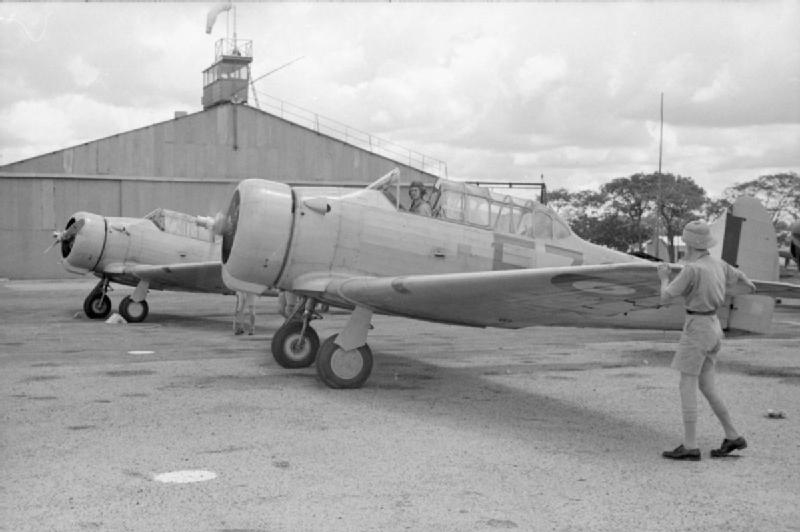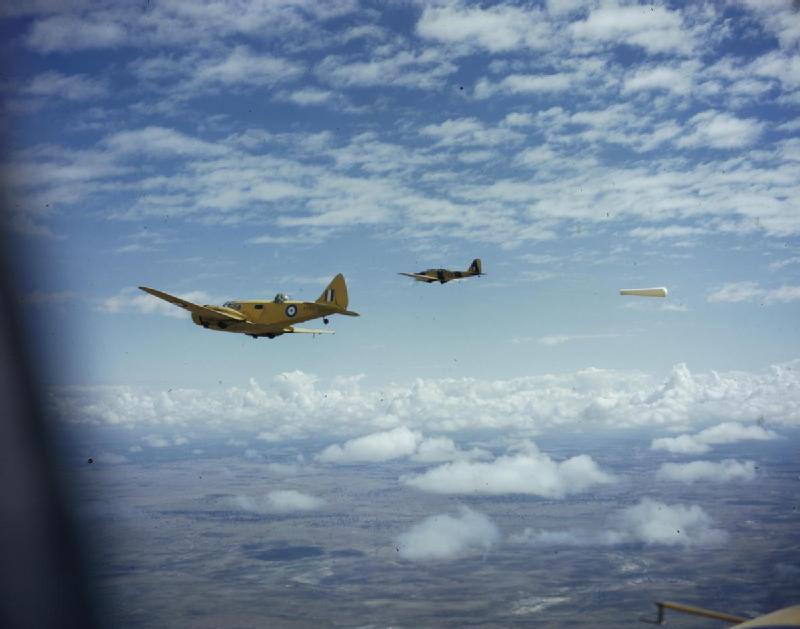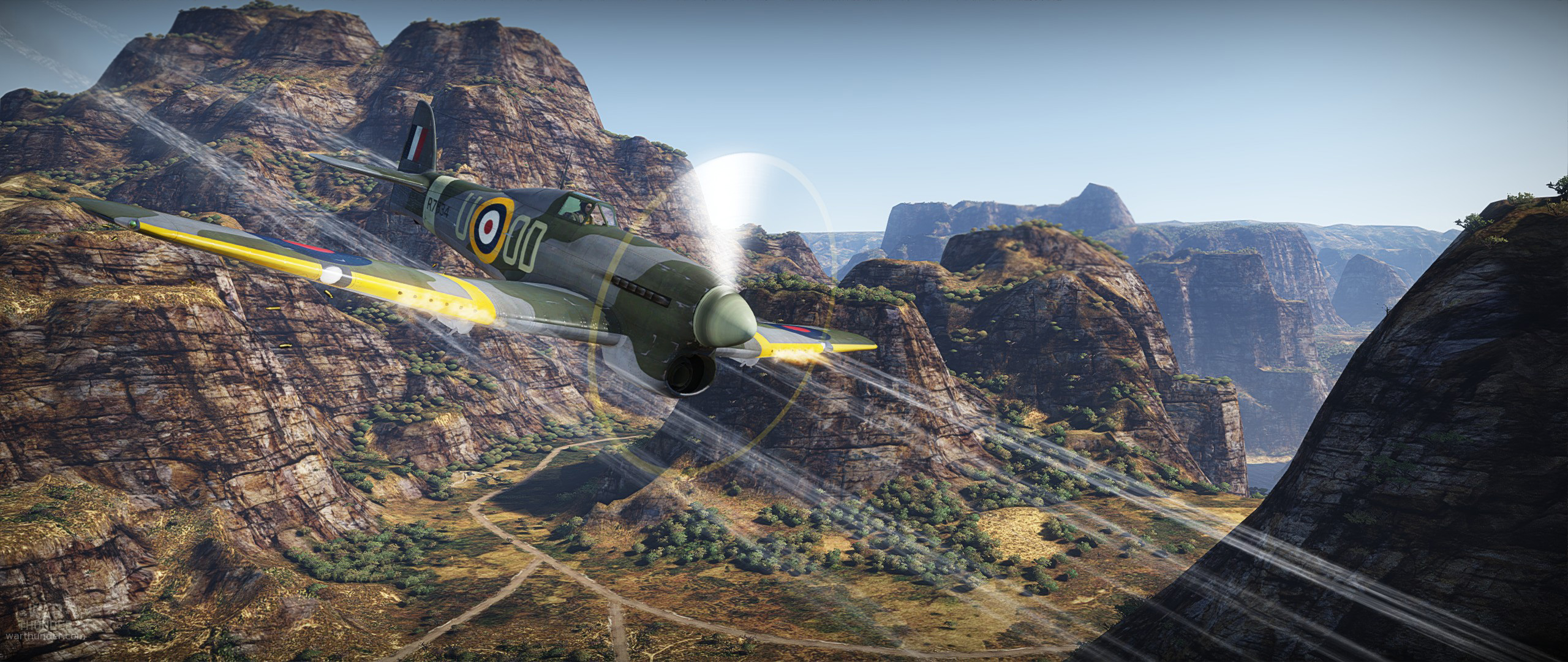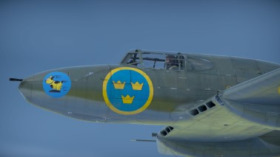
- For PC
- For MAC
- For Linux
- OS: Windows 10 (64 bit)
- Processor: Dual-Core 2.2 GHz
- Memory: 4GB
- Video Card: DirectX 11 level video card: AMD Radeon 77XX / NVIDIA GeForce GTX 660. The minimum supported resolution for the game is 720p.
- Network: Broadband Internet connection
- Hard Drive: 23.1 GB (Minimal client)
- OS: Windows 10/11 (64 bit)
- Processor: Intel Core i5 or Ryzen 5 3600 and better
- Memory: 16 GB and more
- Video Card: DirectX 11 level video card or higher and drivers: Nvidia GeForce 1060 and higher, Radeon RX 570 and higher
- Network: Broadband Internet connection
- Hard Drive: 75.9 GB (Full client)
- OS: Mac OS Big Sur 11.0 or newer
- Processor: Core i5, minimum 2.2GHz (Intel Xeon is not supported)
- Memory: 6 GB
- Video Card: Intel Iris Pro 5200 (Mac), or analog from AMD/Nvidia for Mac. Minimum supported resolution for the game is 720p with Metal support.
- Network: Broadband Internet connection
- Hard Drive: 22.1 GB (Minimal client)
- OS: Mac OS Big Sur 11.0 or newer
- Processor: Core i7 (Intel Xeon is not supported)
- Memory: 8 GB
- Video Card: Radeon Vega II or higher with Metal support.
- Network: Broadband Internet connection
- Hard Drive: 62.2 GB (Full client)
- OS: Most modern 64bit Linux distributions
- Processor: Dual-Core 2.4 GHz
- Memory: 4 GB
- Video Card: NVIDIA 660 with latest proprietary drivers (not older than 6 months) / similar AMD with latest proprietary drivers (not older than 6 months; the minimum supported resolution for the game is 720p) with Vulkan support.
- Network: Broadband Internet connection
- Hard Drive: 22.1 GB (Minimal client)
- OS: Ubuntu 20.04 64bit
- Processor: Intel Core i7
- Memory: 16 GB
- Video Card: NVIDIA 1060 with latest proprietary drivers (not older than 6 months) / similar AMD (Radeon RX 570) with latest proprietary drivers (not older than 6 months) with Vulkan support.
- Network: Broadband Internet connection
- Hard Drive: 62.2 GB (Full client)
Hawker Typhoon Mk1a, No.26(Rhodesian)Sqn RAF, camouflage made by OpInfo | download here
The history of Rhodesian Air Force started in 1935, when the air section of the 1st Battalion Rhodesia Regiment was formed in the British colony of Southern Rhodesia. Based at Belvedere airfield near Salisbury (present Harare), the newly born organisation accepted their first cadets which were then trained on de Havilland Tiger Moths. The year after, Air Section Southern Rhodesia Defence force was created; its development was supervised by Group Captain Arthur Harris - future commander of RAF Bomber Command, and in December 1937 Cranborne aerodrome was commisioned sporting two runways and numerous hangars, workshops and offices. By that time, two Hawker Hart light bombers were aquired and in 1938 the air unit separated from colonial forces and was redesignated as the Southern Rhodesia Air Unit (SRAU) under command of Flight Lieutenant Jimmy Powell. Following this, in May 1938, their first batch of cadets received their pilot training.
 |
| The Rhodesian Air Training Group in Southern Rhodesia, 1941-1945 |
In 1939, the SRAU received four Hawker Audax aircraft and in August it was deployed in Nairobi during the British mobilisation for war with Germany, which was declared on 3rd September 1939. Three days later the SRAU was renamed to No.1 Squadron, Southern Rhodesia Air Force and in October No. 266 (Rhodesia) Squadron was formed, equipped with Fairey Battle light bombers; it was sent to Britain as the RAF was in desperate need of combat units. Here it participated in the Battle of Britain, during night-time raids on Coventry, Birmingham and London. Later it was re-equipped with Spitfire fighters. Another squadron, No.44 (Rhodesia) Squadron RAF, was designated as a bomber squadron and was utilised conducting air raids on Calais, Augsburg, Cologne or Kiel, equipped with Handley Page Hampden bombers and later (from 1942 onwards) by Avro Lancaster heavy bombers. Meanwhile, No.1 Squadron, Southern Rhodesia Air Force was renamed to No.237 (Rhodesia) Squadron RAF and in the period from 1940-1941 it saw service in East Africa, namely in Kenya, Sudan and Eritrea.
After the end of the war the RAF maintained its presence until the South Rhodesia Air Force was officially established on 28th November 1947. At that time, SRAF forces consisted of Tiger Moth biplanes, North American Harvard trainers and several Avro Anson and de Havilland Rapide transport aircraft. This situation changed in March 1951, when a batch of Spitfire Mk.22s was received. During the 1950's the name of air force was changed to the Royal Rhodesian Air Force (RRAF) and its pilots received their first jet fighters - in 1955 the first de Havilland Vampires were delivered and in 1959 Canberra jet bombers were introduced into the RRAF. Development continued and Vampires were phased out in favour of Hawker Hunter fighters, first delivered in 1962. In the same year the RRAF received their first helicopters - French Aérospatiale Alouette III helicopters.
 |
| Allied pilots training over Southern Rhodesia in 1943 |
Three years later, following the dissolution of the Federation of Rhodesia and Nyasaland, Southern Rhodesia declared unilateral independence. During the Rhodesia Bush War, raging from 1964 to 1978, the RRAF conducted air strikes in support of Rhodesan ground forces, giving them a significant advantage. After an arms embargo was issued on Rhodesia the RRAF (renamed to Rhodesian Air Force in 1970) had to resort to using vintage aircraft, such as C-47 Dakota transport aircraft and de Havilland Vampires, which were already obsolete at that time. Rising number of terrorist attacks in Southern Rhodesia also resulted in wide usage of helicopters.
In 1979 Rhodesia was dissolved in favour of forming a new state - Zimbabwe. The RhAF remained active until 1980, when the air force was reformed and renamed the Air Force of Zimbabwe. Under this name the air force is active to the present day.
Author: Jan “RayPall” Kozák




